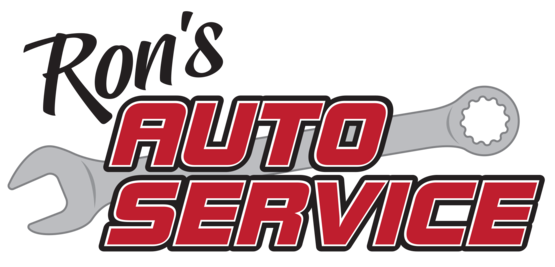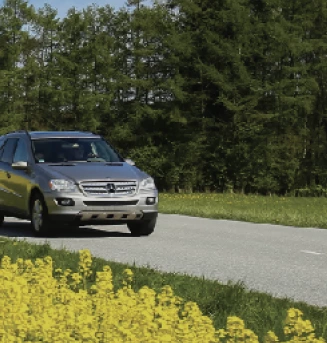If You Drive Like a Maniac (Aggressive Driving is Bad for a Vehicle)
November 3, 2024
When someone mentions driving like a maniac, they're not talking about you, surely? Besides the safety issues of aggressive driving, you should know that your vehicle will last a lot longer if you'll just mellow out a little. Here are four traits good drivers follow if they want their vehicles to go the extra distance.
Cool—The driver who can't wait to get to the next stoplight is just shortening the life of his or her vehicle. Jackrabbit starts and uneven acceleration hurts your engine because the valves and cylinder heads are stressed more. All of those moving parts will wear out faster as well as other components that are connected. That means things like the air conditioner, power steering pump… just about anything that attaches by a belt or a pulley. Oh, and you'll be generating more heat. Heat is one of a vehicle's worst enemies.
Warm—If you get in your cold vehicle which has been sitting overnight, start it up and rev the engine high, you've just put a lot of stress on your engine. That's because you didn't let the oil (that's been sitting down in the oil pan at the bottom of the engine) get to the moving parts in order to lubricate them. Some manufacturers advise that you run your vehicle for about 30 seconds before you take off. And if it's really cold out, you may be wise to let the engine run for a minute or two before putting a load on the engine. Also, for the first 5-15 minutes, keep your RPMs on the low side and don't jam on the accelerator.
Smooth—You're trying to get somewhere in a hurry and have to jam on the brakes while traveling pretty fast. Just that one time can do more damage to the brakes than you would think. Lots of hard braking can overheat your brakes and damage your rotors, wearing them out way faster than someone who drives with a smoother touch. Hard braking also strains suspension parts, tires and engine mounts.
Smart—You know what PRNDL stand for. Those are the letters in your automatic transmission (Park, Reverse, Neutral, Drive, Low). Here are another couple of letters: IQ. A smart shifter never goes into R to D without completely stopping the vehicle, unless, of course, you're anxious to spend some big dollars on your automatic transmission.
These days, it's common to get 200,000 miles/320,000 kilometers out of a vehicle, no problem. It just takes regular maintenance (oil changes and regular service) and one other thing. Showing off: showing off a little moderation in driving habits with a big payoff in the end.
Ron's Auto Service
1517 SE 25th Ln
Cape Coral, FL 33904
2398290873
Need Service?
More articles from Ron's Auto Service

Passing the Test (How to Prevent Emissions Test Failure)
April 20, 2025
Vehicle emission testing has become ubiquitous in North America and for a good reason. Clean air quality is important for the environment and all of us. Since vehicle emissions are among the main causes of air pollution, emission testing can alert you to problems in your vehicle than can be fix... More

Rubber Match (Tire Replacement)
April 13, 2025
A set of new tires isn't probably high on anyone's list of exciting purchases. But since your life is literally riding on them, it's probably a good idea to know when it's time for you to buy new ones. If you've been feeling your vehicle slipping more in wet weather or it takes a longer distance... More

What is a TPS? (Throttle Position Sensor)
April 6, 2025
You know you have an accelerator pedal; step on it and your vehicle is supposed to go. But did you know there is a part in your vehicle that keeps track of where the throttle is? It's called the Throttle Position Sensor, or TPS. The TPS is a sensor that helps your vehicle figure out the right mi... More









